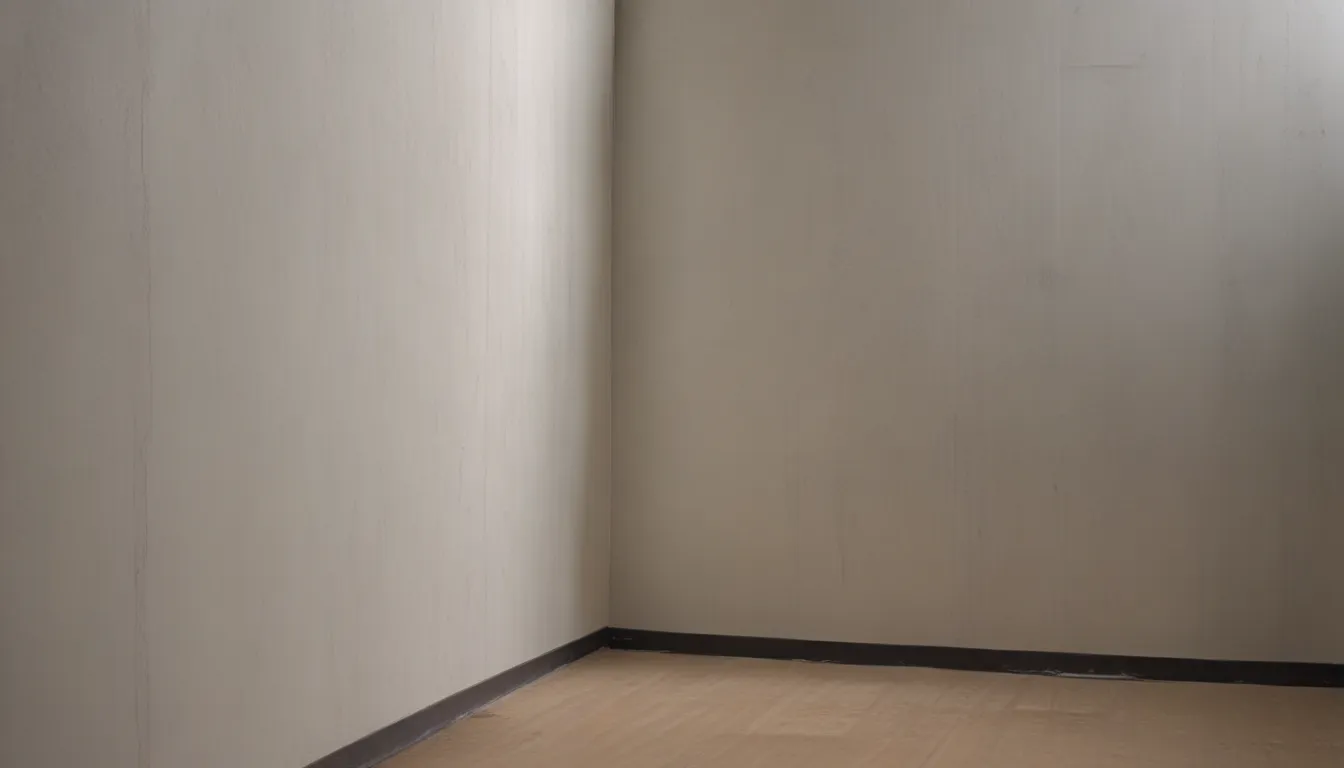Understanding the Weight Capacity of Drywall: A Comprehensive Guide

Have you ever wondered how much weight your drywall can handle? Whether you’re looking to hang a heavy mirror, a shelving unit, or even a TV, it’s crucial to understand the capabilities of your wall before mounting anything. In this guide, we will delve into the world of interior wall construction, explore different mounting methods, and provide you with all the information you need to securely hang objects on your drywall.
Interior Wall Construction: A Peek Behind the Drywall
Before we dive into the weight capacity of drywall, let’s take a look at what lies beneath the surface. Most interior walls are constructed with a framework of 2x4s that form the structure of the wall. These 2x4s are typically filled with insulation and may house drain lines, water lines, and wiring. Drywall sheets are then mounted to this framework, creating a smooth surface that is ready for painting.
To avoid damaging any hidden elements within your walls, such as water pipes or electrical wiring, using a stud finder is essential. This handy tool allows you to locate the studs behind your drywall so you can securely mount objects without causing any structural damage.
Mounting Methods: How to Hang Objects Safely
When it comes to hanging objects on drywall, proper positioning and the right hardware are key. Let’s explore some common mounting methods to help you ensure that your wall can support the weight of your intended objects.
Wall Studs: The Backbone of Your Wall
Wall studs form the backbone of your wall, providing crucial support for any objects you wish to hang. By locating the studs behind your drywall, you can maximize the weight capacity of your wall. While drywall alone can typically hold about 1.6 to 2 pounds per square foot, mounting an object to a wall stud with the proper hardware can increase this capacity to up to 100 pounds.
Ceiling Joists: Don’t Forget About the Ceiling
Ceiling joists play a similar role to wall studs, providing support for objects mounted on the ceiling. It’s important to consider the weight limit of your ceiling joists before hanging objects such as ceiling fans or light fixtures. On average, a ceiling joist can support about 15 to 20 pounds, but this limit can be increased to 30 pounds with the use of reinforcement.
Anchors: Essential Hardware for Secure Mounting
Anchors are essential for securely mounting objects to drywall. There are various types of anchors available, each with its own weight capacity. Some common anchor types include expansion anchors, simple threaded anchors, straight plastic anchors, and winged plastic anchors. It’s important to choose the right anchor for the weight of the object you plan to hang.
Bolts: Heavy-Duty Mounting Solutions
Toggle bolts and molly bolts are heavy-duty mounting solutions that can support significant weights. Plastic toggle bolts can hold objects weighing up to 20 pounds, while metal toggle bolts can support up to 100 pounds when properly mounted to a wall stud. Molly bolts, also known as sleeve type anchors, are great for both wall and ceiling mounting, with weight limits ranging from 10 ounces to 50 pounds, depending on the application.
Hangers and Fasteners: Choosing the Right Hardware
The type of fastener you choose can also impact the weight capacity of your drywall. Picture hangers and simple nails are suitable for objects weighing less than 20 pounds, while flat-mounted hooks and anchors can support up to 50 pounds. Drywall screws are another option, capable of holding about 20 pounds. For heavy objects weighing up to 100 pounds, use metal anchors and screws, ensuring they penetrate wood studs by at least 1.5 inches for maximum stability.
Load-Bearing Capacity: Practical Considerations for Hanging Objects
Understanding the load-bearing capacity of your drywall is essential for safely hanging objects in your home. By following these tips and using the right hardware, you can ensure that your walls can support the weight of your belongings without risk of damage. Remember to always prioritize safety and consult a professional if you’re unsure about the structural integrity of your walls.
In conclusion, knowing how much weight your drywall can hold is crucial for any homeowner. By understanding the basics of interior wall construction, exploring different mounting methods, and choosing the right hardware, you can confidently hang objects on your drywall without fear of damage. So, go ahead and decorate your space with confidence, knowing that your walls can support whatever you choose to hang.
Remember, when in doubt, always consult a professional to ensure your wall can handle the weight of your intended objects. Happy decorating!





